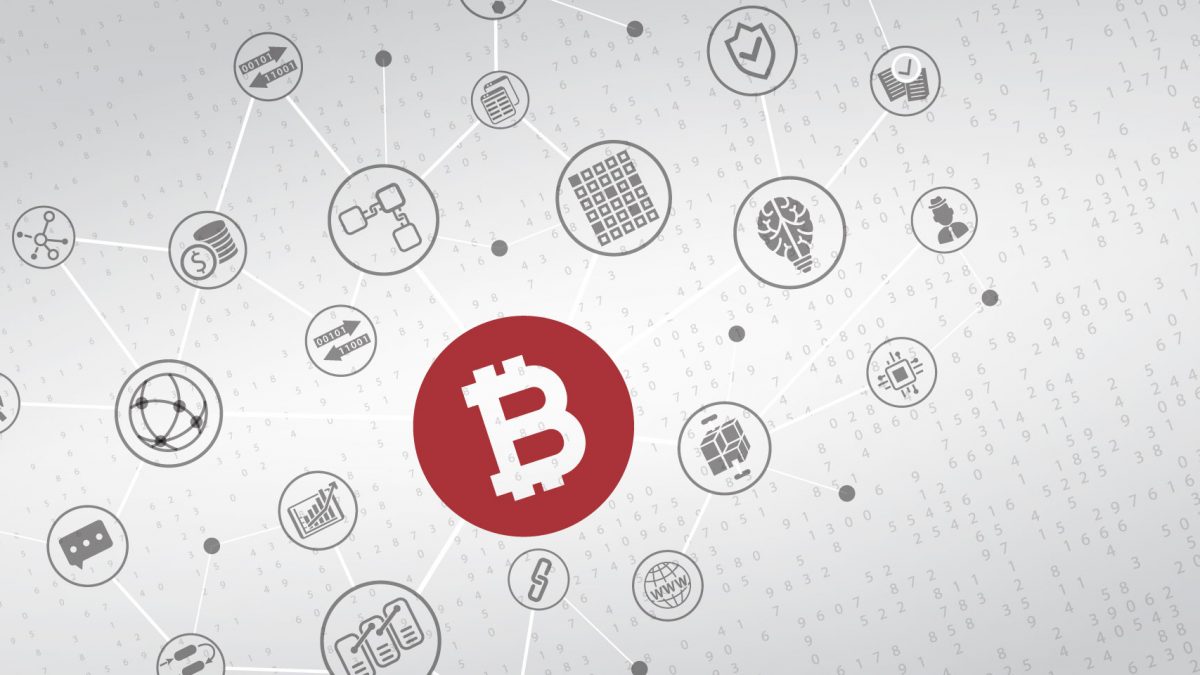Smart Contract and Blockchain


When Daniel J. Bernstein, as a student at Berkeley University of California in 1996, developed an encryption method – “encrypting private key flow without delay based on a one-way hash function” – which he called “Snuffle,” he asked the U.S. Government whether he needs permission to publish Snuffle in any of its various forms.
The issue raised a lengthy lawsuit that will turn out to be essential for the development of blockchain technology.
But we’ll come back to Daniel J. Bernstein later.
So, we are witnessing that #blockchain technology is slowly taking its place in our daily lives, in some parts of the world faster, in other parts slower.
It would be an irreversible process.
At the outset, every new technology seemed like a doomed innovation. Probably #cloud technology also seemed unsafe and unworkable to us, and today it has become a daily routine.
The unthinkable was the so-called #share economy as a business model.
Recently, #smart contracts or smart contracts have been one particular topic within blockchain technology as a solution that can contribute to efficiency in legal matters.
It is very possible that smart contracts will have a far reaching impact on the legal industry – more or less, in the near or far future.
So, what are smart contracts (#smartcontract) and what is their definition?
Smart contract
The most famous definition was given by Nick Szabo, a computer scientist known for his research on digital currency, in 1995: “A smart contract is a set of promises made in digital form, including the protocols that the parties carry out on those promises.”
We will try to explain in a simpler way.
Present and future for smart contract
Suppose today we are in the most underdeveloped phase of a smart contract, in which one party has a contract in his computer and the other party has that contract in his computer, that is, in digital form.
The logical next phase of this kind of contracting (which is already possible at the moment) is that both contracting parties can electronically sign the same contract with a digital signature or a digital certificate.
The next phase of smart contract implementation would be to pay the contract price with digital currency (for example Bitcoin).
Now imagine that you are in the next phase of developing a smart contract and that the whole clause in the contract, for example #clausula intabulandi (consent for real estate entry), is computer code (#source code), which when a contractual trigger is triggered (for example, paid price ) register the real estate in milliseconds in the relevant Real Estate Cadastre (!).
Or to spice up a scenario like this with one more detail.
Imagine that the registration fee is paid in a special digital currency issued by the Real Estate Cadastre and is called in place of BitCoin for example, TaxiMarkCoCoin.
Now imagine that all previous bookings were made with the help of previous smart contracts and with the use of blockchain technology.
In practice, this would indeed mean that the dispute exaggeration between the parties is unthinkable, since the first assumption of blockchain technology is precisely the absence of a dispute over any transaction.
In the current way of doing business, there is always the possibility of a human error factor, while blockchain technology never “sleeps” or makes mistakes.
Is it possible for a source code to be right?
At the very end, imagine a smart contract made up entirely of appropriate codes instead of legal language and contract members.
We will agree that this sounds like science fiction, especially in the current concept of a business where we have not yet reached the #paperless mode.
Of course, there are a number of concerns regarding the development of smart contract with the help of blockchain technology.
The basic problem is that the smart contract is so well executed that it is simply unstoppable, that is, there is no possibility to prevent or terminate the transaction if the anticipated conditions are fulfilled, or if a pre-arranged trigger is activated.
It also raises the question, how to annex such a contract, how to change the rights and obligations of the contracting parties, how to change the deadlines for fulfilling the contractual obligations (?).
A whole host of other issues have been opened up, which we will discuss in one of the following blogs.
The law often says: a contract is a law for the parties.
After all, the court itself often states in disputes that the contract is “law for the parties.”
As described above, by using #blockchain technology in the development of #smart contract, we will have a situation where computer code (source code) will become a source of law, or law for parties.
Source code is a speech and is not only copyrighted but also protected by the freedom to speech
We will now return to the litigation in Bernstein v. The United States (a series of court cases initiated by Daniel J. Bernstein and challenging the restrictions on exports of cryptography from the United States).
In the final judgment of the Court of Appeal as the second highest court in the United States in 1999, it was ruled that the source code also constitutes speech and as such is protected by the right to free speech guaranteed by the First Amendment to the US Constitution.
It was this case that directly enabled the current blockchain technology because it concerned legal prohibitions on the publication of cryptography, which now provides the internet and, of course, blockchain technology.
So the source code of the smart contract is speech, and speech is protected from any restriction by state or government agencies that would seek permission to publish that code.
An exciting time is ahead of us, and there is every chance that the stars of that time will be blockchain and smart contract.


